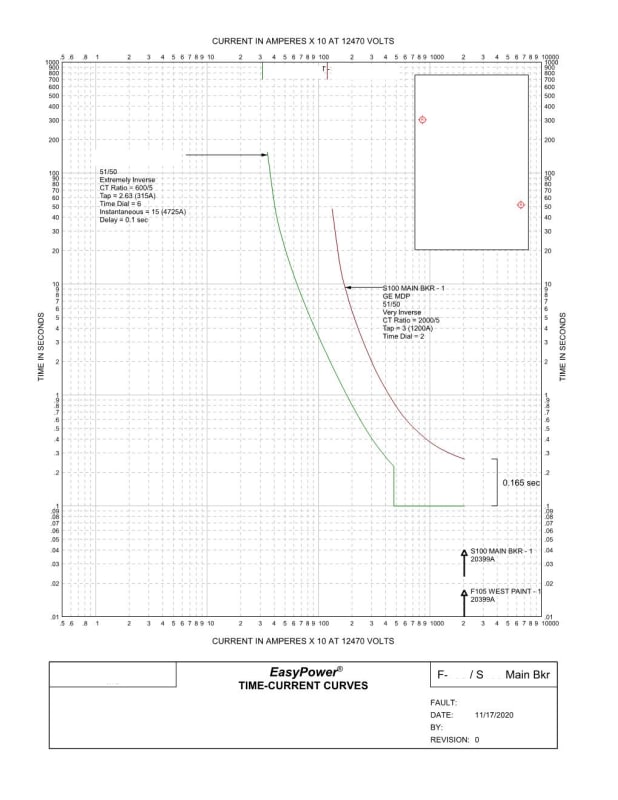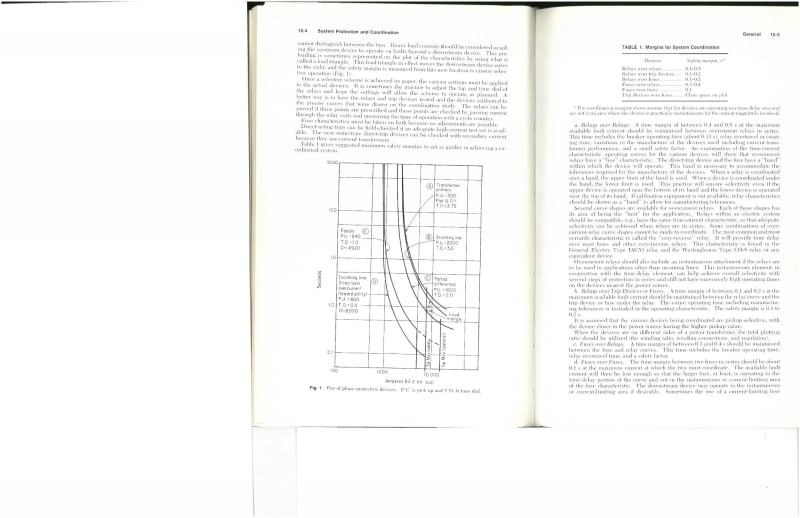I'm looking at a 12.47kV main switchgear at a Plant site. The EasyPower model have of this indicates there is not enough clearing time between the main breaker on the switchgear and a couple of the feeder breakers.
To put more time between them we could either: decrease the feeder breaker "instantaneous setting" or increase the main switchgear settings. The latter runs the risk of putting the main out of coordination with the Utility.
What is the minimum "instantaneous" setting on solid state relay? Is it different between different relays? I realize nothing is truly "instantaneous" and that's my question.
To put more time between them we could either: decrease the feeder breaker "instantaneous setting" or increase the main switchgear settings. The latter runs the risk of putting the main out of coordination with the Utility.
What is the minimum "instantaneous" setting on solid state relay? Is it different between different relays? I realize nothing is truly "instantaneous" and that's my question.



